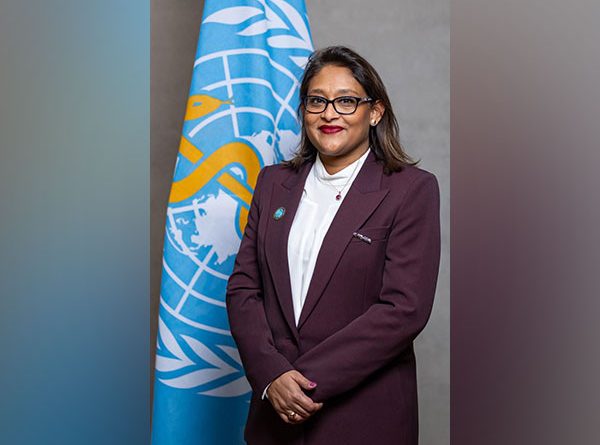Strengthen Measures to Prevent Drowning: WHO
The WHO has also drawn attention to drowning prevention in the South-East Asia Region, where the issue remains a significant public health concern, disproportionately affecting children and vulnerable populations.
According to WHO’s Global Status Report on Drowning Prevention, the region reported 83,000 drowning fatalities in 2021. This accounted for 28 per cent of the global drowning burden and contributed to the staggering statistic of nearly 30 lives lost to drowning every hour globally. Alarmingly, 43 per cent of these fatalities involved children aged 14 years or younger, making drowning the third leading cause of death for children aged 5–14 years and the fourth leading cause for children aged 1–4 years.
Regional Director for WHO South-East Asia Saima Wazed emphasised the urgency of the situation, stating, “To save lives and ensure equitable safety for all, expanding and scaling up proven drowning preventive interventions across the Region is not just essential, but a moral imperative.”
Several factors exacerbate the risk of drowning in the region, including poverty, inadequate infrastructure, and limited access to safety measures. Children face heightened vulnerabilities due to inadequate supervision, lack of swimming skills, and insufficient water safety knowledge. For older children and adolescents, peer pressure, risk-taking behaviours, and substance use further increase the risks, while children with disabilities face additional challenges in recognising and responding to water hazards. Non-fatal drowning incidents, though not often highlighted, result in severe neurological complications and long-term disabilities that necessitate prolonged care.
Wazed noted that while most countries in the region have comprehensive drowning prevention strategies, gaps remain in enforcement and implementation. Enacting and enforcing laws mandating life jacket use, installing barriers around water hazards, and implementing safe boating regulations have proven effective in reducing drowning risks. However, the absence of regulations restricting alcohol consumption near public water bodies further complicates prevention efforts.
Strengthening governance, establishing a dedicated lead agency for drowning prevention activities, and enhancing cross-sectoral collaboration are among the key measures suggested by Wazed. She also called for improved data collection on drowning incidents and evidence-based community-level interventions such as teaching water safety, swimming, and rescue skills, providing supervised childcare, and integrating flood risk management strategies.
“Drowning prevention is fundamentally an issue of equity. By prioritising vulnerable populations, fostering innovative leadership, and embracing global collaboration, countries can significantly reduce drowning deaths. With sustained commitment and collective action, we can ensure that everyone, everywhere, can live safely around water,” Wazed concluded.

